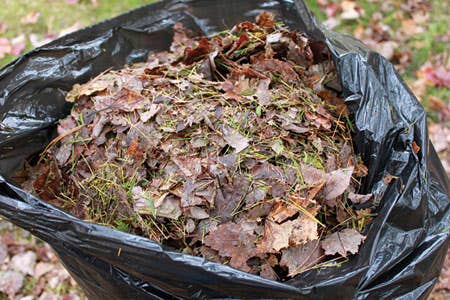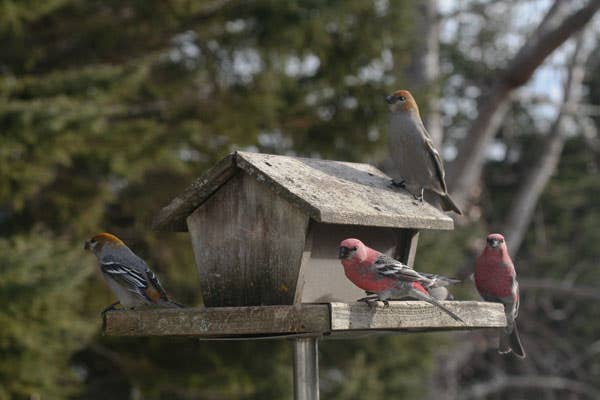Iris Borer
Adult iris borer moths fly at night and mate during August and September. They have dark purplish brown front wings and pale yellow-brown hind wings that spread two inches in…
Adult iris borer moths fly at night and mate during August and September. They have dark purplish brown front wings and pale yellow-brown hind wings that spread two inches in width. The tiny eggs are laid in small clusters in plant debris, especially dried up iris leaves. Bearded and Japanese irises are the most likely to be attacked, although any rhizomatous iris is vulnerable, including Siberian iris.
The eggs overwinter and then hatch in the spring (April or May) when the new iris leaves begin to grow. The larvae climb up the young leaves and feed on the surface, prior to boring into the leaf and tunneling downward. The larvae are about half-grown (1/2 to 3/4 inches long) when they reach the rhizome around midsummer (mid-July). They continue feeding, eventually reaching a length of 1 1/2 to 2 inches. These whitish pink larvae with brown heads stop feeding in late summer (late July to early August) and leave the rhizome in order to pupate in the soil. In about two to three weeks, they emerge to lay eggs for another generation. There is one generation per year.
SYMPTOMS: Feeding by the young larvae results in notched leaf margins, brown pinpoint holes or scars in the leaves where the larvae have entered the leaves, and streaked, water-soaked areas in the fans. By late summer, rhizomes are riddled with holes and sometimes completely hollowed out. The damage exposes the rhizomes to infection by bacterial soft rot (Erwinia carotovora), creating a soft, mushy, foul-smelling mess.
CONTROL: Locate the larvae in late spring by examining the fans for holes and water-soaked areas. Squash the larvae by pressing the leaf between your thumb and forefinger.
Rhizomes can be salvaged by digging out the iris borer larvae with a pocket knife and trimming away any damaged tissue. Discard heavily infested rhizomes. To ward off bacterial soft rot, soak the trimmed rhizomes for 30 minutes in a 10% household bleach solution. Afterwards, dust them with powdered sulfur and then lay the trimmed plants in a shady place for several hours to allow the cut surfaces to dry. If you must replant the irises in their original location, check the soil carefully for brownish black, shiny pupal cases, which should be collected and destroyed.
In late fall or early winter, clean up and remove old, dried iris leaves, stems, and other debris to eliminate the overwintering eggs.
Entomopathogenic nematodes have been used to control iris borers. They are most effective when the soil is moist and the temperature is above 50°F.
Heavy borer infestations can be treated with dimethoate (Cygon 2E) or imidacloprid (Bayer Advanced) when the leaves are 4 to 6 inches tall.







